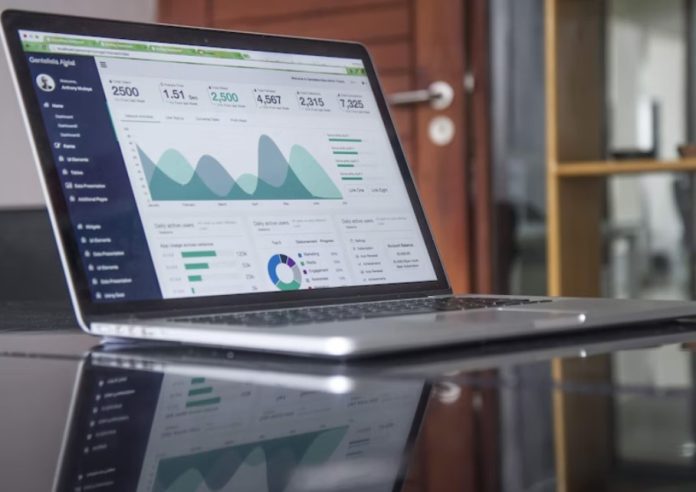As the internet continues to expand rapidly, it’s becoming increasingly important for website owners to make sure their content is accessible to all users. One group that often gets overlooked in this regard is the visually impaired. According to the World Health Organization, there are approximately 285 million people worldwide who are visually impaired, and this number is expected to continue to grow. As such, it’s essential for website owners to take steps to make their sites more accessible for this group of users.
Think that these changes are for the benefit of a few users alone? Think again. Using many of these steps will also work to improve your onsite SEO. The same tactics that can help visually impaired users use your website more efficiently are also the same tactics search engine algorithms use to understand your site quickly.
With this quick-and-easy guide, you’ll know everything you’ll need to make your site more accessible to users and algorithms alike:
Use proper HTML markup
One of the most effective ways to make your website more accessible is to use proper HTML markup. This includes using heading tags (H1, H2, H3, etc.) to organize your content and alt tags to describe images. By using proper markup, you’ll make it easier for screen readers to navigate your site and convey the meaning of your content to visually impaired users.
Once again, this simple task can do wonders for those with a visual impairment, all while helping you improve the onsite SEO for your brand. By improving and cleaning up your HTML markup, you’ll immediately see a boost in your inclusion and in your website ranking.
Provide text alternatives for non-text content
For users who rely on screen readers, non-text content like images, videos, and audio can be inaccessible. To make your site more accessible, provide text alternatives for these types of content. This can be in the form of alt tags for images or transcripts for videos and audio.
This is particularly important for any images that contain important information. Different fonts, colors, and so on can be very hard to see for those with a visual impairment, and if the text in your images cannot be selected, then that’s entire sections that people and potentially algorithms cannot see.
Items like infographics, images of texts, and older PDFs cannot be easily selected. This doesn’t mean that you are doomed to write out all the content by hand, however. It’s possible to extract text from image Mac with a few simple steps. Using such tools can speed up efforts and make uploading new images a breeze.
Use clear, easy-to-read fonts and colors
For visually impaired users, reading small or poorly contrasted text can be challenging. To make your site more accessible, use clear, easy-to-read fonts and colors. Avoid using small fonts or light colors on light backgrounds, as these can be difficult to read. Instead, opt for high-contrast text that is easy to read, even for users with low vision.
If possible, make your text responsive. You can offer a light mode or dark mode so that users can swap between the two states based on their preferences and needs. Along the same line, making it so that users can quickly change the size of the font for any text-heavy content for ease of reading.
Implement keyboard navigation
Not all visually impaired users are able to use a mouse or trackpad to navigate your site. To make your site more accessible, implement keyboard navigation. This means ensuring that all links and interactive elements on your site can be accessed and activated using only the keyboard.
Provide audio descriptions for video content
For visually impaired users, video content can be challenging to access. To make your site more accessible, provide audio descriptions for video content. This means describing the action and visuals in the video so that users who are visually impaired can follow along.
Another great option is to create a full transcript that not only outlines what has been said, but also what actions and visuals were in the video itself. Creating such a transcript can help those with either visual or hearing disabilities.
Use ARIA landmarks
ARIA landmarks are a set of HTML attributes that can be used to identify regions of a page. By using ARIA landmarks, you can provide additional context to screen readers and make it easier for visually impaired users to navigate your site. For example, you could use the “header” landmark to identify the header of your site, or the “navigation” landmark to identify the navigation menu.


